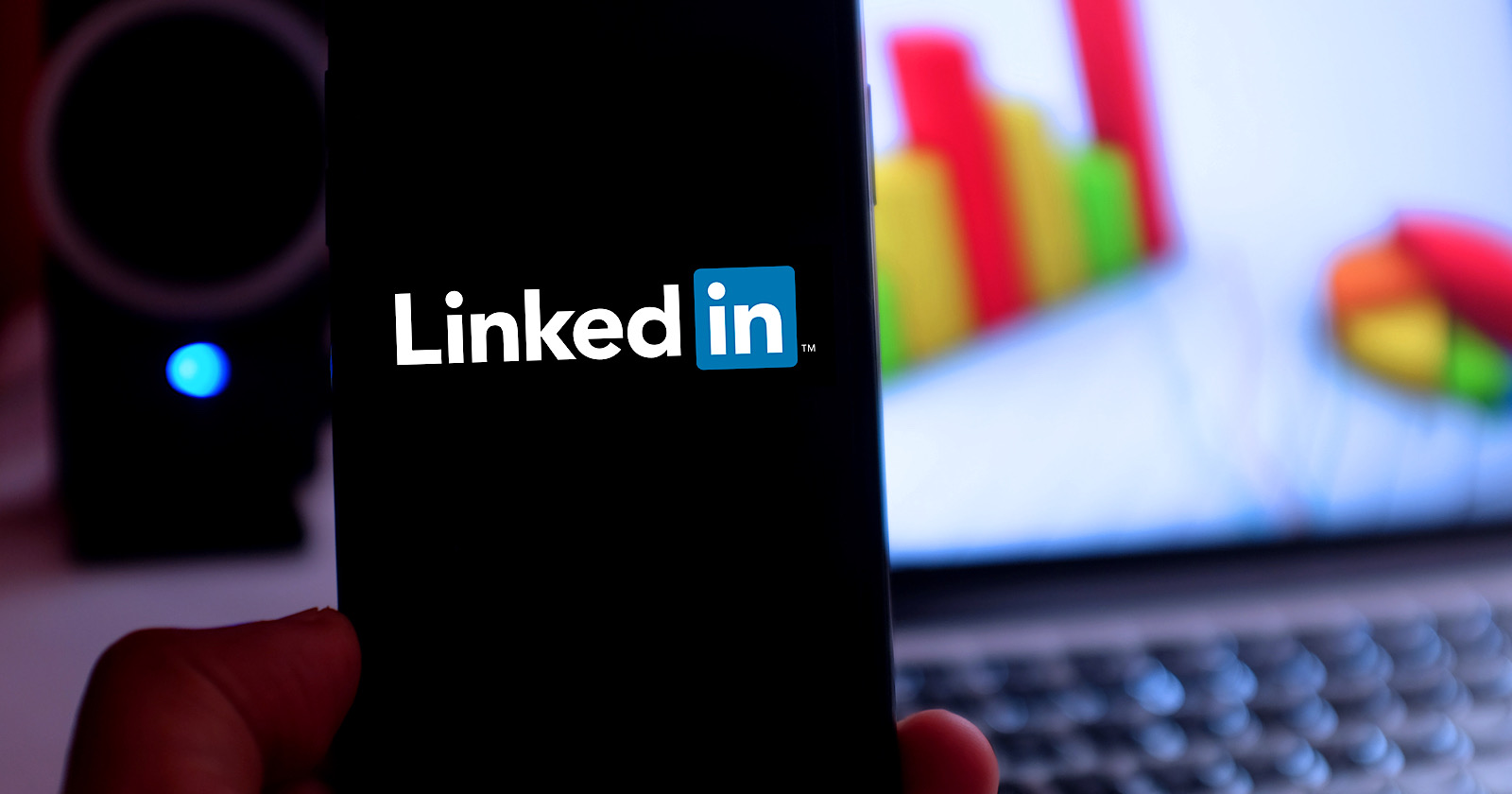LinkedIn is updating the algorithm used to rank content in its feed by factoring in the amount of time users spend with each post.
In a blog article, LinkedIn pulls back the curtain on its algorithm and offers a detailed overview of how content is ranked.
How LinkedIn Ranks Content
When a user logs into LinkedIn there are tens of thousands of “candidate” posts that could show up in their feed.
Those posts go through a first-pass, candidate generation layer.
At this stage, LinkedIn applies a lightweight ranking algorithm to identify the top candidates.
LinkedIn then determines how to rank the top candidates in individual users’ feed based on a number of factors.
Viral Actions
These three forms of engagement are referred to as “viral actions”:
- Reacts
- Comments
- Shares
Viral actions can have downstream and/or upstream network effects.
Re-sharing a post, for example, will create a downstream effect. That means connections of the user who re-shared the post will also end up seeing it.
Commenting on a post, on the other hand, will create an upstream effect. That means it will be boosted higher in the feeds of users who are connected to the post’s author.
For each candidate post, LinkedIn’s algorithm considers the likelihood of user engagement, and the potential upstream and downstream effects.
Why Dwell Time Matters
There are shortcomings to an algorithm that relies on predicting click-and viral-related quantities.
For example, click and viral actions can be rare, especially for passive consumers of the feed.
Another limitation is the binary nature of clicks and viral actions – meaning they’re either carried out or they’re not.
LinkedIn’s algorithm measures whether an action was carried out, but not how long a user spent with a piece of content after taking action.
They may have clicked on a post and immediately returned back to the main feed.
To make up for these shortcomings, LinkedIn began considering dwell time, saying it offers the following advantages over solely looking at clicks and viral actions:

What is Dwell Time?
This is how LinkedIn explains dwell time:
“At a high level, each update viewed on the feed generates two types of dwell time. First, there is dwell time “on the feed,” which starts measuring when at least half of a feed update is visible as a member scrolls through their feed.
Second, there is dwell time “after the click,” which is the time spent on content after clicking on an update in the feed.”
LinkedIn’s engineers determined, through a series of tests, that dwell time is a reliable indicator of whether a user is likely to engage with a post or not.
Related: How The LinkedIn Algorithm Works & Optimizing For It
Dwell Time in LinkedIn’s Algorithm
LinkedIn users tend to spend more time viewing the updates they decide to take a viral action on.
Knowing that, LinkedIn has built dwell time into its feed algorithm to increase the likelihood of users seeing posts they’ll engage with.
For marketers, that means you have to craft LinkedIn posts that not only capture peoples’ attention, but hold it for an extended period of time.
LinkedIn is not the first social network to factor dwell time into its algorithm; Facebook does so as well.
Going forward, the most successful posts will not always be the ones that get the most likes, comments, and shares.
Those signals won’t mean as much if people aren’t also spending time consuming the content they engage with.
Source: LinkedIn Engineering blog





